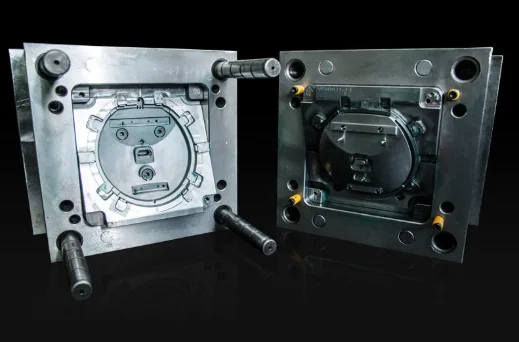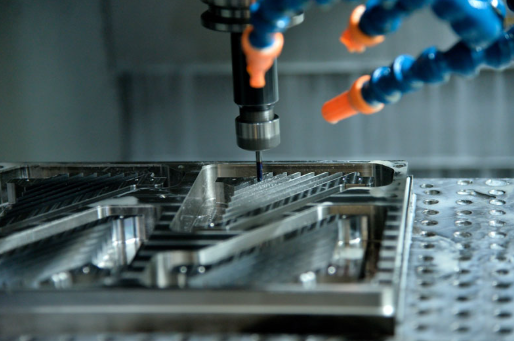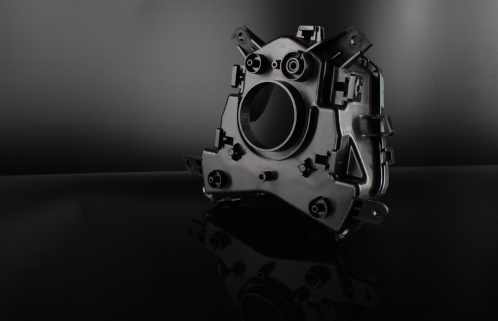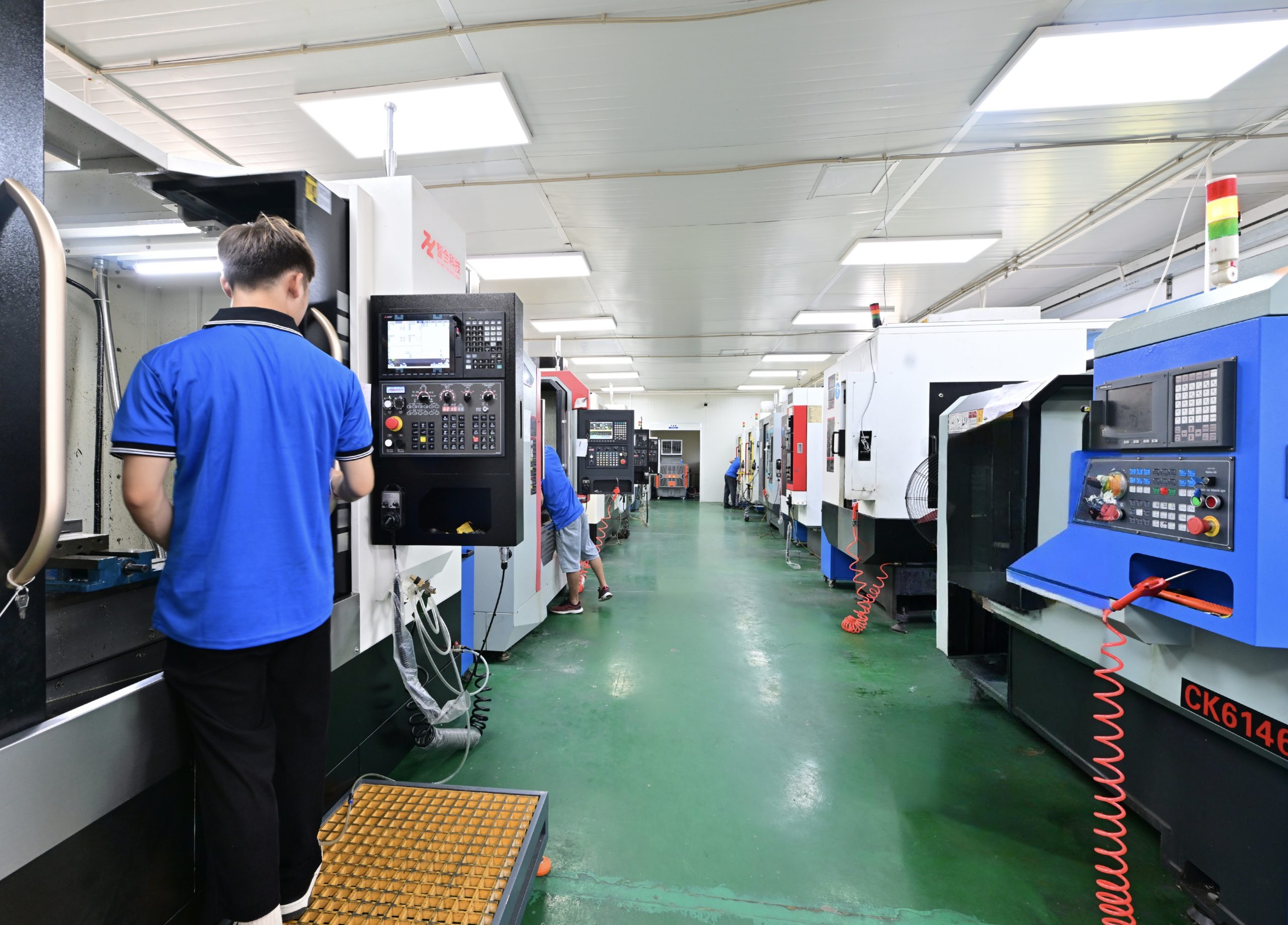If you want to market your product faster, you will need rapid prototyping to make the parts readily available for testing. There are many innovations in the manufacturing industry in recent years. And among them are the various rapid prototyping techniques that can help the design team during the product development phase. It’s called rapid prototyping.
Thanks to rapid tooling, parts are manufactured quickly to test and validate them before going into production tooling. There are different names for rapid tooling. Some people call it prototypes tooling, soft tooling, or prototype mold. For now, let us stick with rapid tooling.
This article will dig deeper into this buzzword and look at its advantages and applications. Before we move into that, let us first get to know what rapid tooling is.
Table of Contents
ToggleThe Beginning of Rapid Tooling
Simply put, rapid tooling is a process of creating a prototype in a short time. It all began in the 1990s where engineers using plastic injection molding tried to find ways to create molds in days or even hours instead of the number of months it took them to produce a machine mold.
Parts made through rapid tooling is a perfect solution to test and evaluate a prototype and make a few hundred parts before actually going into full production mode. Rapid tooling techniques build inserts like the core, side actions, and cavity of the parts. It all depends on the rapid tooling employed; it can produce parts through multiple cycles out of the same mold.
There are many rapid tooling techniques to choose from, and each type can have various benefits. You have many factors to consider for getting the most of these benefits because it varies depending on the size, consistency, technology, accuracy, and the materials you will use.
You have to keep the following limitations in mind, too, if you are considering rapid tooling to make your prototype.
#1 The mold should be strong
The mold has to be durable so that it can manage the injection molding method. The molding machines clamped heated materials into the mold at pounds per inch, so the molds should withstand the injections.
#2 The mold should be smooth
Aside from being strong, it should also be smooth to inject the plastic cleanly. This characteristic is critical because it is needed for each ejection. In rapid tooling, some processes add materials layer by layer, so it’s not smooth. In this case, the prototype requires additional finishing to be viable for prototyping.
One thing about rapid tooling is it uses the exact material of the final product. It’s good because you can have a more precise idea of how the parts will be in actual utilization. Thus, you can explore and confirm if you have the right material.
Benefits of Rapid Tooling
Here are the other benefits of rapid tooling
It provides an opportunity for innovation
Because rapid tooling eliminates the use of conventional tooling, it initiates up a new range of opportunities for improvements. Traditional prototyping takes a long time because it needs making the prototype tooling and its components to exact the tolerances. In rapid prototyping, the designers can conceive complex geometries that will be impossible to develop in conventional prototyping too.
Time-saving
Rapid tooling is time-saving because it eliminates the need to produce molds, patterns, and special tools that you used in conventional tooling. Because of this, rapid tooling shortened the time between the initial idea and evaluation.
The resulting prototypes are accurate and readily accessible for testing the forms, features, usability, and performance. Its designers can also modify the product based on the feedback. A fast turnaround can help the company to obtain a competitive edge to bring new products into the market.
Cost Savings
Another benefit of rapid tooling is the cost savings. The part produced in rapid tooling is synonymous with full-scale production. You can use these parts for impact and stress testing. With the results from testing, you can determine the changes needed before going into an expensive tooling process.
Applications of Rapid Tooling
There are many applications for rapid tooling, and these applications will continue to grow because of the development of new procedures. Here are some of them:
The making of molds – both metallic and non-metallic molds can be made through rapid tooling.
The making of casting shapes and cores – SLS application is the latest technology invented in sand casting shapes and cores.
The electrodes for EDM, making of marking stamps, production of hybrid patterns for casting, and producing splintering tools are some of the applications of rapid tooling.
There are many reasons why you should consider rapid tooling. It is a low cost, quick and effective way that will allow you to market parts faster. The cost advantage is the most useful because it will enable market testing, which is suitable for low volume production.

